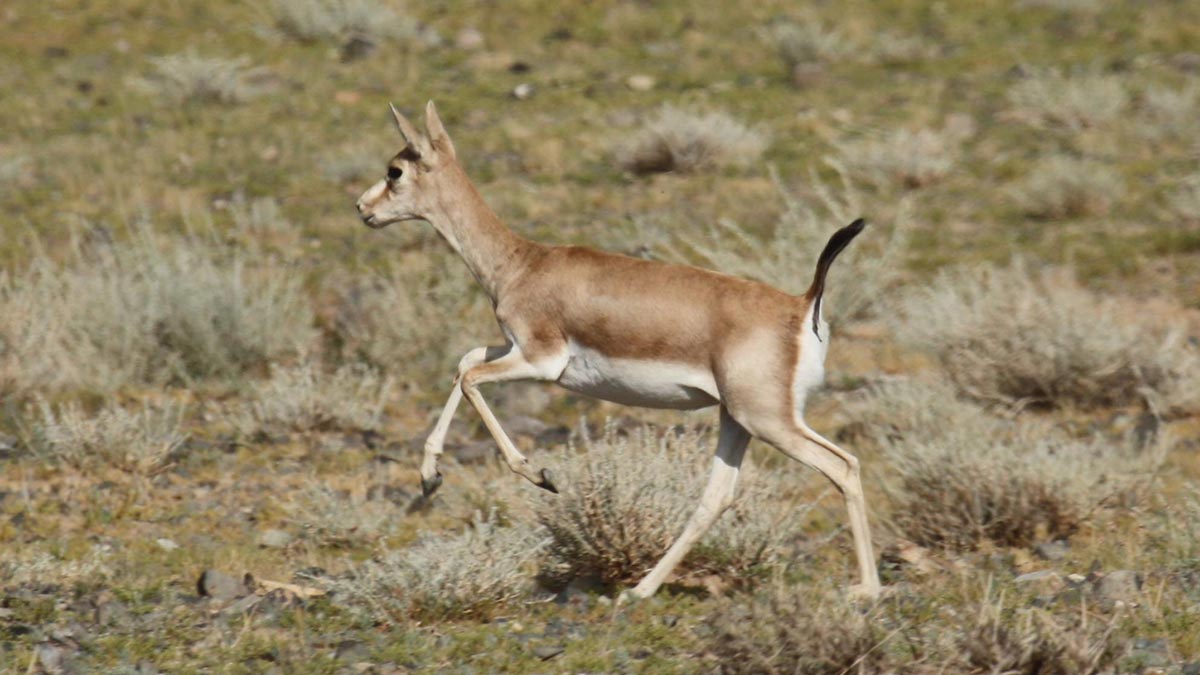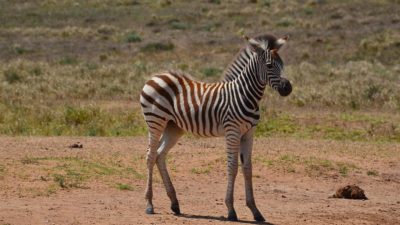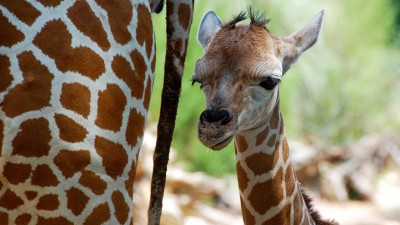
Gazelles are a type of medium-sized antelope found in Africa and Asia—as far east as Mongolia.
This cute fella is called a gazelle. He is a type of medium-sized antelope found in Africa and Asia – as far east as Mongolia. There are nineteen different species of gazelles, of which most known are the “Thompson’s and Grant’s gazelle.”
It takes about six months before a gazelle is born. Mother gazelles typically give birth to one or two babies at a time. As soon as the new baby is born, the mother starts licking and cleaning it. Here starts the strong bond between them. Just a moment after its birth, the little baby tries to stand on its legs. They may be wobbly, but they still find the strength. Can you imagine getting up and walking as soon as you were born?
Well, if you are a gazelle, this is what you have to do to survive. They are born hungry and thirsty. Their mother helps them to stand up and feed. They get their first vital nutrients from their mother’s milk. It is funny to see how clumsy its steps are, but one day it will grow to be one of the world’s fastest runners!
When the day ends, the mother is feeding her baby gazelle three to six times. Even when the baby is still so young, the mother leaves it in a safe place and so she can graze. The mother keeps an eye on her baby while she feeds. When the fawn is about two months old, its stomach is fully developed and it is ready to survive without mother’s milk.
This interaction between them is important for growth and development. With the instruction that the baby is taking from its mother, it learns specific feeding areas and how to forage.
Gazelle babies are nimble and beautiful animals, just like their mothers. They have a variety of stripes that accentuate their tan, buff coats. For the first week of the fawn’s life, its main defense from predators is to hide, which is easy because their fur is perfect camouflage. When they are born, they have a reddish brown color with numerous white spots. While the fawn grows, these white spots gradually fade.
Even more than the psychical development, play helps to refine the young gazelle’s behaviors that will allow to them to establish their place in the social order. Scent marking, aggressive posture, and mock fighting are part of their social behavior. Although social status is mostly inherited by the mother, the fawn must also find his place in the herd.

